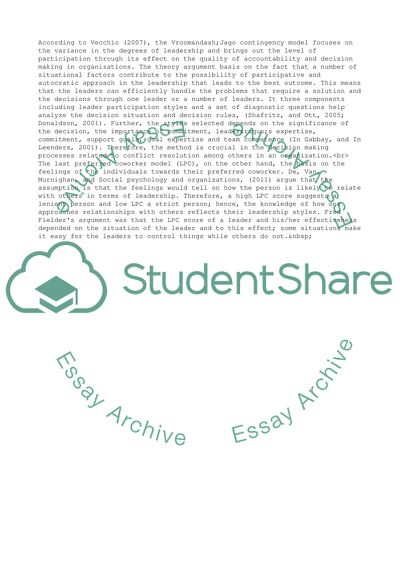Cite this document
(“Principles and Practices of leadership and management Essay”, n.d.)
Retrieved de https://studentshare.org/business/1632790-principles-and-practices-of-leadership-and-management
Retrieved de https://studentshare.org/business/1632790-principles-and-practices-of-leadership-and-management
(Principles and Practices of Leadership and Management Essay)
https://studentshare.org/business/1632790-principles-and-practices-of-leadership-and-management.
https://studentshare.org/business/1632790-principles-and-practices-of-leadership-and-management.
“Principles and Practices of Leadership and Management Essay”, n.d. https://studentshare.org/business/1632790-principles-and-practices-of-leadership-and-management.


